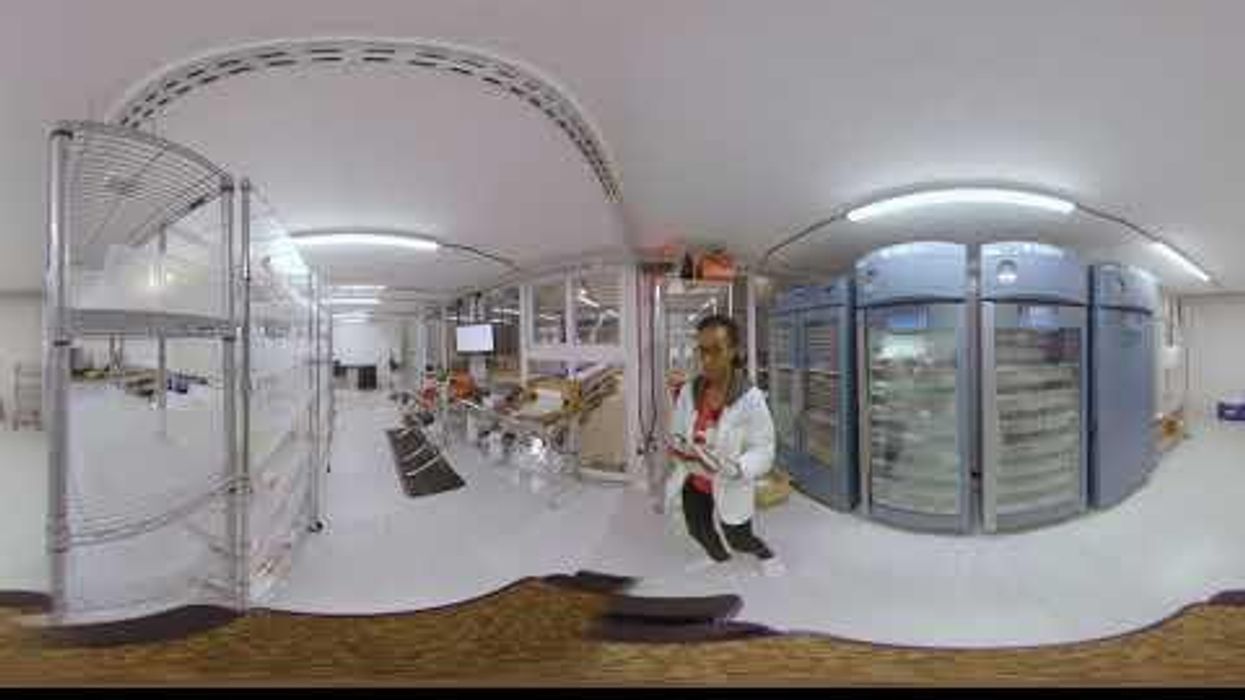IEEE Spectrum visits a warehouse in Brooklyn, N.Y., where Honeybee Robotics, a space technology company, is developing a next-generation rover to excavate and mine the lunar surface. The robot may be used in future NASA missions to retrieve soil samples. It may also help humans to colonize the moon one day.
Conventional digging machinery might be to clunky to operate on the moon. So Honeybee came up with a completely new approach to mining. Its robot uses gas to push lunar dirt into the rover’s storage compartment. The material could be used for construction of roads, or mined for oxygen. But first, Honeybee needs to test its prototype, using a massive vacuum chamber at the Brooklyn warehouse.
The Conversation (0)



